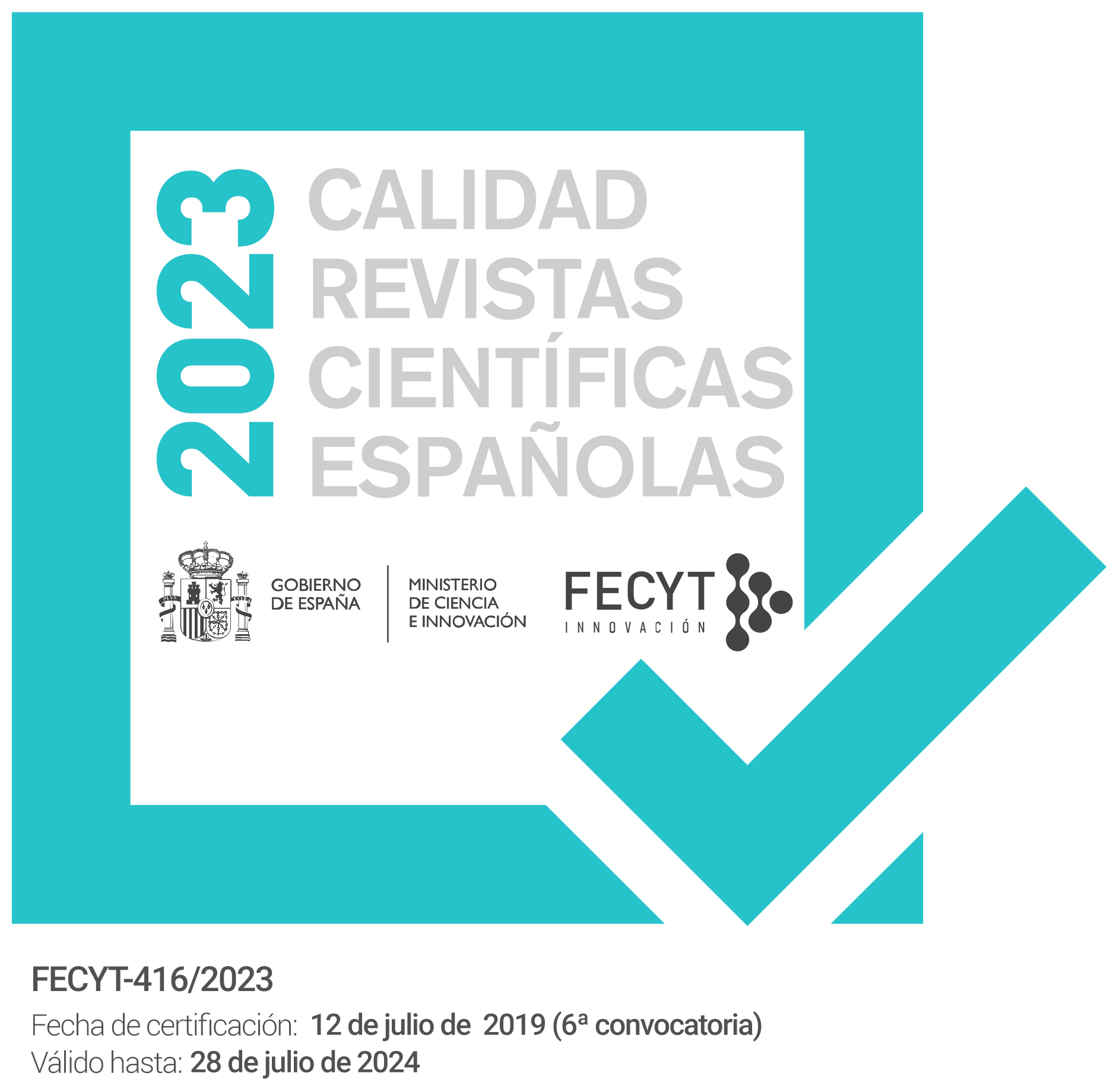Marineros extranjeros en los protocolos notariales de Gran Canaria (1590-1599)
Keywords:
marineros, extranjeros, protocolos notariales, comercio, siglo XVI, rutas marítimas, sailorsmen, foreign, notarial formalities, commerce, XVIth century, sea routesAbstract
Este trabajo de investigación pretende un análisis detallado y riguroso que nos ayude a tener un mayor conocimiento de la sociedad canaria y sobre todo de su relación con el exterior, centrándonos en el Atlántico europeo. De esta manera consideramos que se trata de una aportación más para el entendimiento profundo del Archipiélago canario durante el Antiguo Régimen. En este sentido debemos señalar que no existe un estudio de estas características que relacione la actividad de los marineros extranjeros y su actuación intrínseca con el comercio así como la vida de éstos y su entorno. Por este motivo hemos decidido realizar un análisis que abarque cada uno de los aspectos que podemos entresacar de la fuente empleada, los protocolos notariales. Del mismo modo el periodo escogido, 1590-1599, radica en la influencia de la política filipina en una época llena de hostilidades y decadencia para el Estado español. Así nos hemos centrado en la última etapa del reinado de Felipe II mostrando una década de contrabando y actividad pirática y corsaria de manera acusada en el Archipiélago canario. Asimismo a esta circunstancia debemos añadir las cuestiones religiosas caracterizadas por la extensión del protestantismo en Europa y la consecuente actuación del Concilio de Trento junto a la actividad inquisitorial que se tornará cada vez más rígida, fundamentalmente en los lugares de fronteras como es el caso isleño. Igualmente es importante tener en cuenta que la actividad económica se conforma como pilar del desarrollo y la evolución socio-económica de las Islas, sobre todo en su papel de enlace entre Europa, África y América.
This research pretends to be a rundown and rigorous analysis that help us to have a better knowledge of the Canarian Society, and over all, its relationship with the outer, principally in the Europe Atlantic Ocean. In this way, we consider that it is another contribution for the deep understanding of the Canary archipelago during the Ancient Regime. Otherwise, we can say that doesn’t exist a case study of this characteristics, that can compare the foreigner sailorsmen activities and their intrinsic plans of action with trade and their lives and social setting. In this way we have decided to make and study that contain all aspects of an issue that we can choose from a reliable source of notarial formalities. In the same way the period elected between 1590-1599, lie in the influence of Philippine Policy in a period full of hostilities for Spain. In a way we have centred on, the last period in the reign of Felipe II, and showing a decade of contraband, even a pirate and corsair activity very significant in the Canary archipelago. Likewise, in this circumstances we should add that the religious matters characterized by the extending of Protestantism in Europe with the consequent conduct of the Trento Council, close to the inquisitorial activity, that will be stricter in border areas, like in the islander situation. In a way, is important to take into account the economic activity, a mainstay of the development and the socio-economic evolution, principally acting as a link between Europe, Africa and America.
Downloads
Downloads
Issue
Section
License
The articles are open access distributed under the terms of the Creative Commons Attribution-NonCommercial-NoDerivatives (CC BY-NC-ND) Spain 4.0 license. Authors who publish in this journal agree with the following terms:
a) Authors retain the copyright and guarantee the journal the right to be the first publication of the work as well as licensed under a Creative Commons Attribution License that allows others to share the work with a recognition of the authorship of the work and the Initial publication in this magazine.
b) Authors may separately establish additional agreements for the non-exclusive distribution of the version of the work published in the journal (for example, place it in an institutional repository or publish it in a book), with recognition of its initial publication in this magazine.
c) Authors are allowed and encouraged to disseminate their work electronically (for example, in institutional repositories or on their own website) before and during the submission process, as it may result in productive exchanges, as well as a earliest and largest citation of published works (See The Effect of Open Access).



